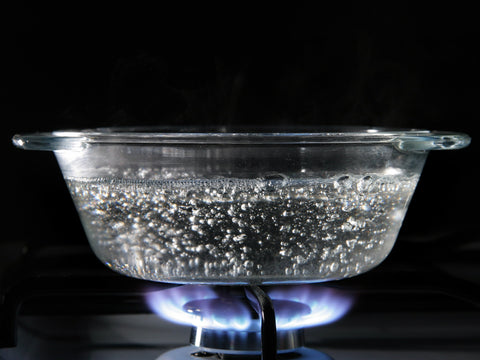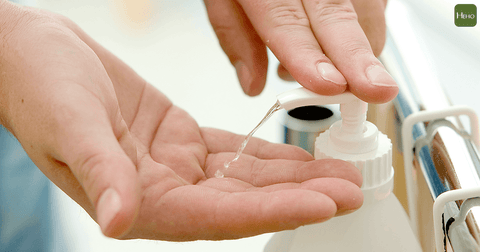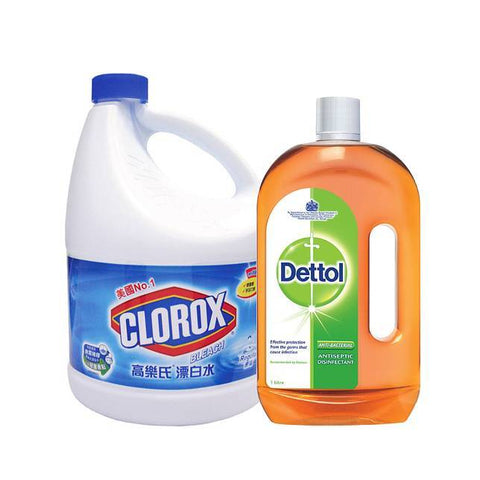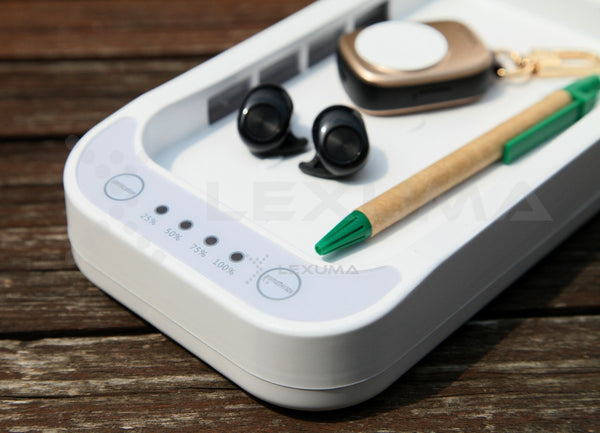The recent outbreak of coronavirus has greatly raised awareness of environmental hygiene and disinfection.
Now let ’s discuss 4 commonly heard disinfection methods with you, and look at their principles and precautions when using them.
First, High Temperature.

High-temperature sterilization has always been a word of mouth disinfection method, so when we go out to dine, we will use boiling water to disinfect tableware first. In the end, is there any scientific basis to support this traditional wisdom?
The answer is yes! The virus is sensitive to heat, and microorganisms can die from protein denaturation in high-temperature environments that exceed their own tolerance.
But note that this requires two premises: temperature and time. The new crown virus needs to be kept in water at 56 ° C for about 30 minutes before it can be eliminated. Moreover, not all kinds of objects can be heated and placed in boiling water, so high-temperature disinfection does not seem to be a comprehensive disinfection method.
The second and most commonly used method, Alcohol Disinfection.

Recently, everyone is rushing to buy various types of alcohol disinfection products, such as alcohol hand rubs, alcohol disinfection paper towels and alcohol disinfection sprays. In the end, do all alcohol disinfection products in the workshop achieve the effect of disinfection?
Indeed, alcohol has a high degree of volatility, which can dehydrate and solidify microorganisms, and eventually, bacterial protein denatures to achieve a disinfection effect. However, not alcohol in every concentration can achieve the same effect. Alcohol with a concentration of 75% is better. It can have both protein coagulation and penetration effects to achieve a thorough sterilization function.
However, we must be aware of a small misunderstanding. Not the higher the alcohol concentration, the better the disinfection effect. High-concentration alcohol (the so-called 95% alcohol) can quickly solidify the protein on the surface of bacteria, but only to the outer layer. For some bacteria, its internal is still active, so it is equivalent to not killing.
Third, Chlorine-containing disinfectant.

The disinfection and sterilization principle is that it contains sodium hypochlorite, which can invade the microorganisms and produce oxidation with nuclear proteins, making bacteria and viruses inactive. Therefore, often dilute disinfection potions can be used to clean the home, which can indeed keep the home clean and reduce the chance of bacterial growth.
However, many powerful disinfectants are very irritating, and excessive concentrations may cause harm to the human body. Therefore, not the higher the concentration of the disinfectant would work better.
The last one, Ultraviolet sanitizing lamp, which is a relatively new type of sterilization method.

The principle is to destroy the molecular structure of DNA (deoxyribonucleic acid) or RNA (ribonucleic acid) in the cells of microorganisms with appropriate wavelengths of ultraviolet rays, causing growth cell death and / or regenerative cell death, and achieve the effect of sterilization, UV disinfection is a physical method, it will not add any substance to the object, it will not cause any damage to the material, and it has no side effects on the human body, so it is a more comprehensive disinfection method.

The new multi-functional portable UV sterilizers XGerm and XGerm PRO by LEXUMA can completely eliminate bacteria on most objects and are easy to use. They are suitable for busy modern people and worth a try.
I hope this article can help everyone to have a deeper understanding of various disinfection methods.



